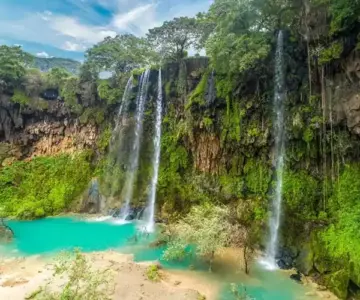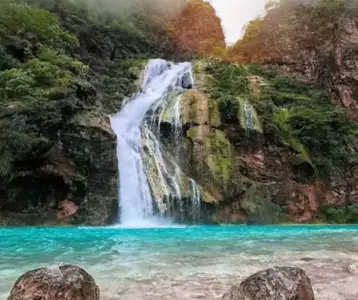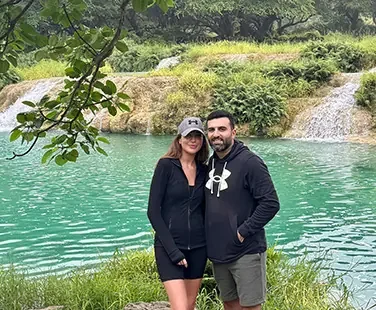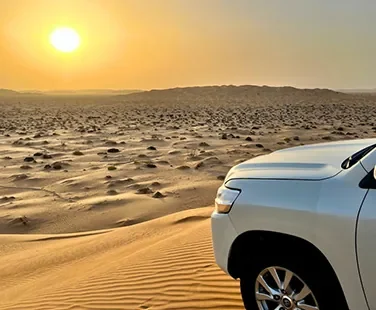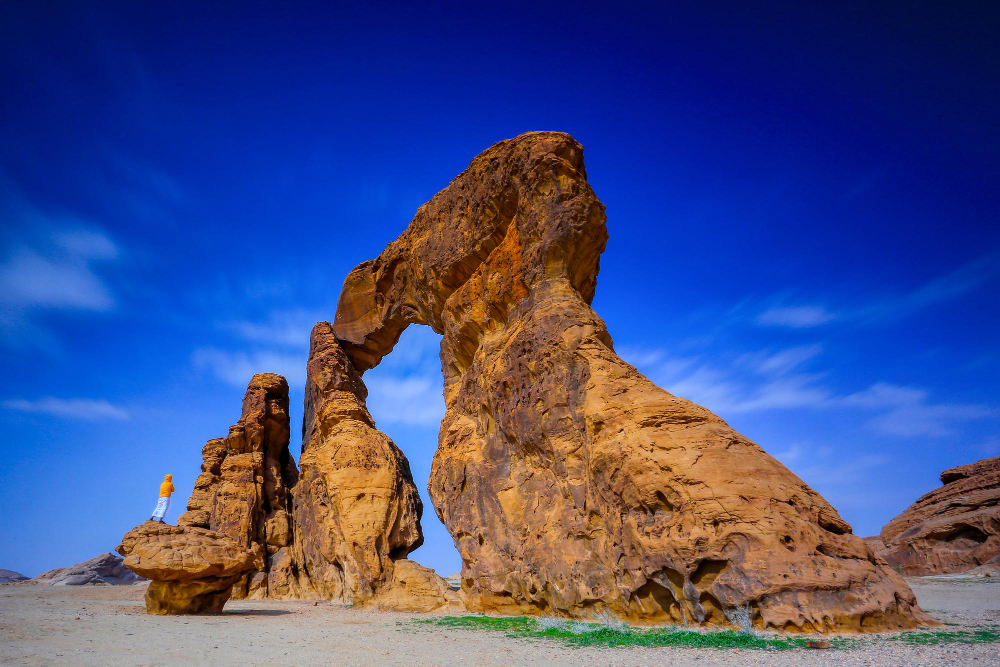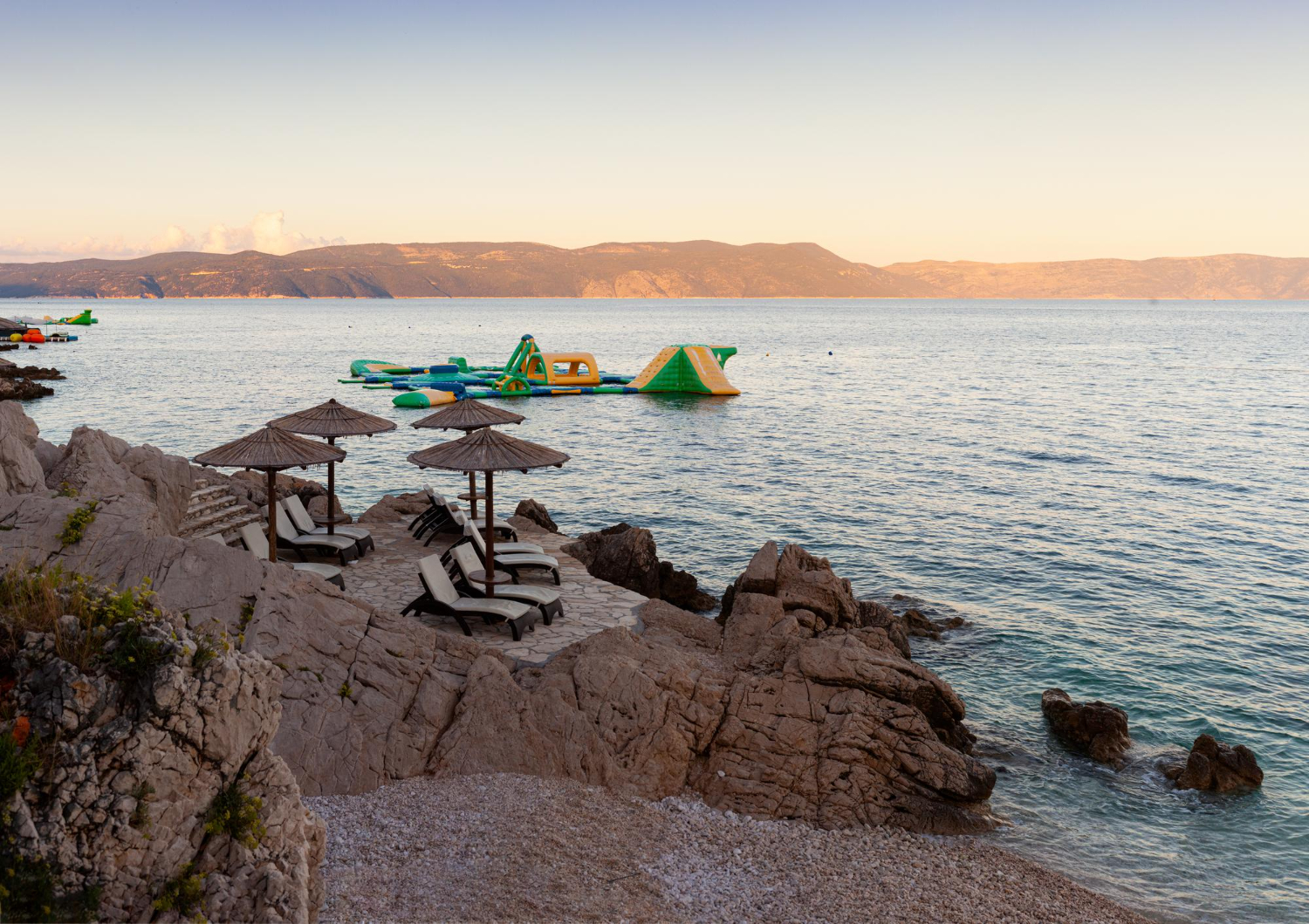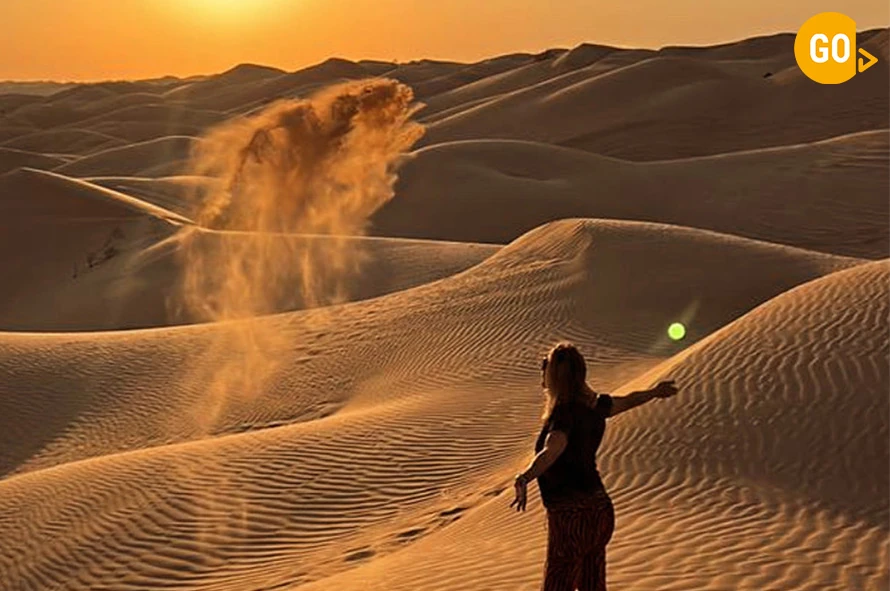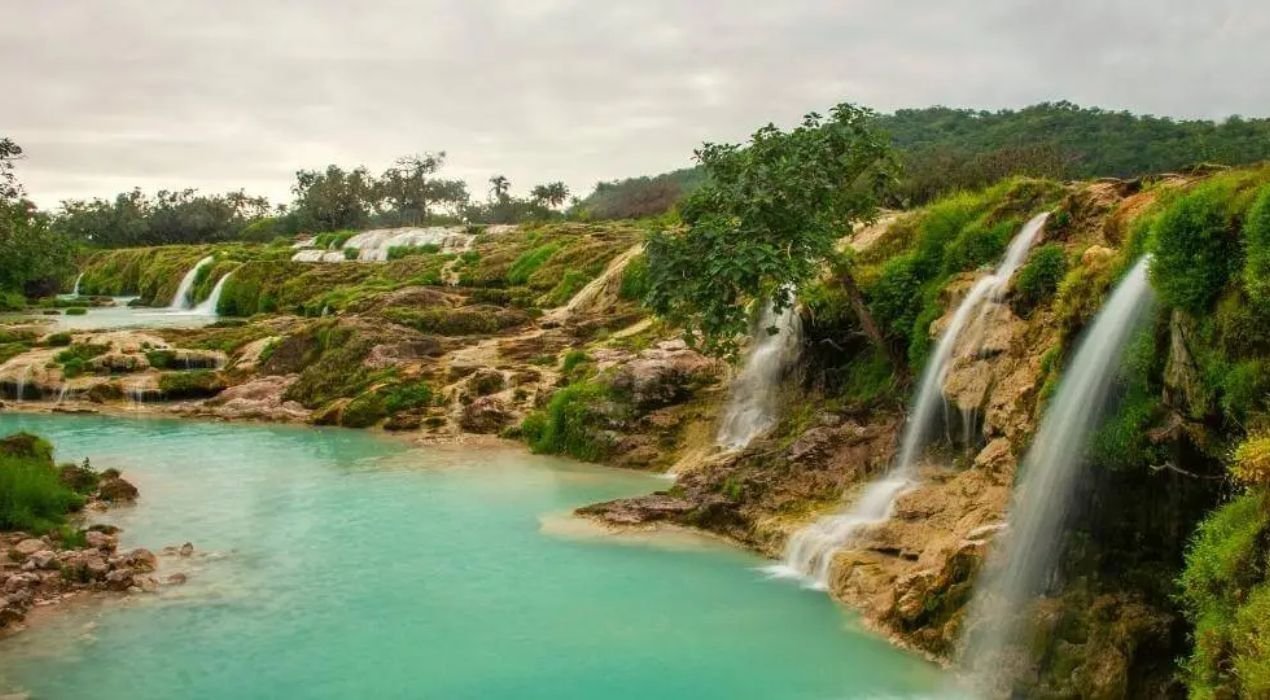Information about Salalah Oman Country
Nestled in the southern reaches of Oman, Salalah stands as a testament to nature’s splendor and rich cultural heritage. This coastal city, with its unique geographical positioning and diverse landscape, offers visitors an experience unlike any other in the Arabian Peninsula. From lush green mountains to pristine beaches, Salalah’s topography is as varied as it is breathtaking. In this comprehensive guide, we’ll delve into the heart of Salalah, exploring its location, climate, attractions, and much more.
Geographical Location and Significance
Salalah, the crown jewel of Oman’s Dhofar Governorate, is strategically positioned along the shores of the Arabian Sea. Its location at approximately 17°01′ N 54°05′ E places it at the southernmost tip of Oman, creating a unique microclimate that sets it apart from the rest of the country.
A Coastal Haven
The city’s coastal setting provides it with a natural harbor, which has been developed into one of the largest seaports in the Gulf region. Known as the Port of Salalah, this maritime hub boasts state-of-the-art facilities including:
- A modern container terminal
- An efficient general cargo terminal
- A welcoming cruise terminal
This port not only bolsters Salalah’s economic significance but also serves as a gateway for tourists arriving by sea.
Bordering Lands
Salalah’s geographical context is further defined by its proximity to neighboring countries:
- To the west lies Yemen, influencing the region’s cultural tapestry
- The vast expanse of Saudi Arabia stretches to the north
- The Arabian Sea laps at its southern shores, offering a maritime boundary
This unique positioning has played a crucial role in shaping Salalah’s history, trade, and cultural identity over the centuries.
Topographical Diversity
One of Salalah’s most striking features is its diverse topography, which offers visitors a range of landscapes within a relatively compact area.
Mountain Majesty
To the north, the city is embraced by a magnificent mountain range. These peaks not only provide a stunning backdrop but also play a vital role in the region’s unique climate. During the Khareef season, these mountains transform into a lush green paradise, adorned with:
- Misty peaks shrouded in clouds
- Cascading waterfalls emerging from hidden springs
- Verdant valleys teeming with flora and fauna
Coastal Charm
Contrasting with the mountainous north, Salalah’s southern border is defined by its captivating coastline. Here, visitors can find:
- Long stretches of pristine, white-sand beaches
- Crystal-clear waters of the Arabian Sea
- Sheltered coves and bays perfect for swimming and water sports
This coastal area remains sunny and inviting from September through June, offering an ideal escape for beach enthusiasts.
Urban Landscape
Between the mountains and the sea lies the urban heart of Salalah. The city’s layout reflects its geographical constraints, with development spreading along the coastal plain and gradually climbing the foothills of the mountains. This urban area is characterized by:
- Wide, palm-lined boulevards
- Modern infrastructure blended with traditional architecture
- Green spaces and parks that showcase the city’s commitment to preserving its natural beauty

Climate and Seasons
Salalah’s climate is one of its most distinctive features, setting it apart from the typically arid Gulf region.
The Khareef Phenomenon
The highlight of Salalah’s climatic calendar is undoubtedly the Khareef season. This monsoon period, typically lasting from late June to early September, transforms the landscape dramatically:
- Misty rains blanket the region, turning the mountains a lush green
- Temperatures drop to a pleasant range, offering respite from the summer heat
- Waterfalls and springs burst into life, creating a network of temporary streams and pools
This unique weather pattern attracts visitors from across the Gulf and beyond, seeking relief from the scorching summer temperatures elsewhere.
Beyond the Monsoon
Outside of the Khareef season, Salalah enjoys a relatively mild climate compared to its northern counterparts:
- Winters (December to February) are cool and dry, with temperatures ranging from 18°C to 26°C
- Spring and autumn offer warm, comfortable weather ideal for outdoor activities
- The summer months, apart from the Khareef period, can be hot but are generally more bearable than in other parts of the Arabian Peninsula
Historical Significance
Salalah’s rich history is deeply intertwined with its geographical location, making it a treasure trove for history enthusiasts.
Ancient Trade Hub
The city’s strategic position made it a crucial stop on ancient trade routes, particularly famous for:
- The frankincense trade, with Salalah being one of the primary sources of this precious resin
- Maritime trade connecting Arabia with Africa, India, and beyond
Archaeological Wonders
The region around Salalah is dotted with archaeological sites that offer glimpses into its storied past:
- Al Baleed Archaeological Park: Once a thriving port city, now an open-air museum
- The ancient city of Sumhuram: Believed to be the palace of the Queen of Sheba
- The Lost City of Ubar: A legendary desert outpost rediscovered in modern times
These sites, along with numerous unnamed ruins scattered across the landscape, paint a picture of a region that has been at the crossroads of civilizations for millennia.
Religious and Cultural Heritage
Salalah’s religious significance is evident in the presence of several important tombs:
- The tomb of Prophet Ayub (Job)
- The resting place of Prophet Imran
- Shrines dedicated to Prophets Hud and Saleh
These sites attract pilgrims and tourists alike, adding a spiritual dimension to the city’s appeal.
Natural Attractions
The diverse landscape of Salalah and its surrounding areas offers a plethora of natural attractions for visitors to explore.
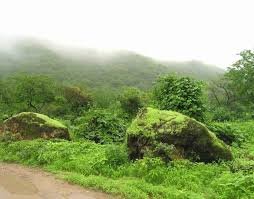
Mountain Escapes
The Dhofar Mountains provide a playground for nature lovers and adventure seekers:
- Wadi Darbat: A picturesque valley that transforms into a lush paradise during Khareef
- Jabal Samhan: Offering panoramic views of the coastline and opportunities for hiking
- Tawi Atair: Home to the “Sinkhole of Birds,” a natural wonder teeming with avian life
Coastal Wonders
Salalah’s coastline is a treasure trove of natural beauty:
- Mughsail Beach: Famous for its blowholes and dramatic cliff formations
- Al Fazayah Beach: A secluded stretch of sand perfect for camping and stargazing
- Khor Rori: A natural creek rich in birdlife and historical significance
Desert Adventures
To the north, the fringes of the Empty Quarter (Rub’ al Khali) offer a stark contrast to the coastal greenery:
- Vast dunes perfect for sandboarding and dune bashing
- Opportunities for camel trekking and experiencing Bedouin culture
- Stargazing experiences in one of the darkest skies in the world
Urban Attractions and Culture
While nature takes center stage, Salalah’s urban area offers its own set of attractions and cultural experiences.
Sultan Qaboos Grand Mosque
This architectural marvel stands as a testament to Omani craftsmanship and Islamic art. Visitors can admire:
- Intricate geometric patterns adorning the walls and ceilings
- Lush gardens surrounding the mosque complex
- A peaceful atmosphere conducive to reflection and appreciation of Islamic culture
Al Husn Souq
No visit to Salalah is complete without exploring its traditional market:
- A sensory experience with the aroma of frankincense and spices filling the air
- Opportunities to purchase traditional Omani crafts, textiles, and souvenirs
- A glimpse into local life and commerce
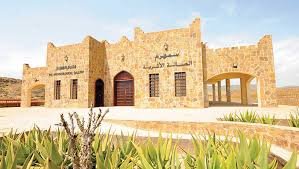
Museum of the Frankincense Land
This modern museum complex offers insights into Salalah’s history and its connection to the frankincense trade:
- Interactive exhibits detailing the historical significance of frankincense
- Archaeological artifacts from the region’s ancient past
- A recreation of traditional Omani life and culture
Getting to Salalah
Accessibility is key to Salalah’s growing popularity as a tourist destination.
By Air
Salalah International Airport serves as the primary gateway for most visitors:
- Regular flights connect Salalah with Muscat and other major cities in the Gulf
- Seasonal charter flights operate during the Khareef season to accommodate increased tourist traffic
- The airport offers modern facilities and car rental services for convenience
By Road
For those seeking a more adventurous route:
- A well-maintained highway connects Salalah with Muscat, offering a scenic 1,000 km journey through the Omani landscape
- Regular bus services operate between major cities, providing an economical travel option
- Self-drive options are popular among tourists wanting to explore at their own pace
By Sea
While less common, arriving by sea offers a unique perspective:
- Cruise ships occasionally dock at the Port of Salalah as part of longer itineraries
- Private yachts can make use of the marina facilities, subject to customs regulations
Accommodation Options
Salalah caters to a wide range of preferences and budgets when it comes to accommodation.
Luxury Resorts
For those seeking indulgence:
- Al Baleed Resort Salalah by Anantara: Offering private pool villas and beachfront luxury
- Salalah Rotana Resort: A sprawling property with extensive recreational facilities
- Hilton Salalah Resort: Combining international standards with local charm
Mid-Range Hotels
Comfortable options that won’t break the bank:
- Crowne Plaza Resort Salalah: Offering a blend of business and leisure facilities
- Salalah Gardens Residences: Apartment-style accommodations ideal for families
- Fanar Hotel & Residences: Located in the Hawana Salalah development, offering modern amenities
Budget Accommodations
For budget-conscious travelers:
- Guest houses and hostels in the city center
- Camping options in designated areas along the coast
- Airbnb and similar platforms offering local homestays
Best Time to Visit
Choosing the right time to visit Salalah depends on what you’re looking to experience.
Khareef Season (June to September)
The most popular time to visit, offering:
- Lush green landscapes and flowing waterfalls
- Pleasant temperatures and misty atmosphere
- Vibrant cultural festivals and events
However, this period also sees higher prices and larger crowds.
Winter Months (October to March)
Ideal for those seeking:
- Warm, sunny days perfect for beach activities
- Clearer skies for stargazing and desert experiences
- Less crowded attractions and more competitive prices
Shoulder Seasons (April-May and September-October)
Offering a balance between:
- Good weather conditions for outdoor activities
- Fewer tourists and more availability in accommodations
- Opportunities to experience both the green and dry aspects of the region
Local Cuisine and Dining
Salalah’s culinary scene reflects its diverse cultural influences and abundant natural resources.
Traditional Dhofari Dishes
Must-try local specialties include:
- Shuwa: Slow-cooked lamb or goat, marinated in spices
- Harees: A porridge-like dish made from wheat and meat
- Qahwa: Omani coffee flavored with cardamom, often served with dates
Seafood Delights
Given its coastal location, Salalah offers excellent seafood options:
- Grilled kingfish and tuna steaks
- Lobster and crab dishes
- Traditional fish curries infused with local spices
International Cuisine
For those seeking familiar flavors:
- A range of international restaurants in major hotels
- Indian, Lebanese, and Italian cuisines are particularly popular
- Fast food chains and cafes for quick bites
Planning Your Itinerary
To make the most of your visit to Salalah, consider the following itinerary suggestions:
Day 1-2: City Exploration
- Visit the Sultan Qaboos Grand Mosque
- Explore Al Husn Souq and the Frankincense Museum
- Relax on one of the city’s beaches
Day 3-4: Natural Wonders
- Take a day trip to Wadi Darbat
- Visit the blowholes at Mughsail Beach
- Explore the Tawi Atair sinkhole
Day 5-6: Historical Sites
- Tour the Al Baleed Archaeological Park
- Visit the ancient city of Sumhuram
- Explore the tomb of Prophet Ayub
Day 7: Desert Adventure
- Take a day trip to the Empty Quarter for dune bashing and camel riding
- End with a traditional Bedouin dinner under the stars
Practical Tips for Visitors
To ensure a smooth and enjoyable trip to Salalah, keep these tips in mind:
- Respect local customs and dress modestly, especially when visiting religious sites
- Obtain necessary permits for camping and off-road driving
- Carry cash, as not all places accept credit cards
- Stay hydrated, especially when exploring outdoor attractions
- Consider hiring a local guide for a more in-depth experience of the region’s history and culture
Conclusion
Salalah offers a unique blend of natural beauty, rich history, and cultural experiences that set it apart from other destinations in the Arabian Peninsula. Whether you’re seeking a relaxing beach holiday, an adventure in the mountains and desert, or a journey through ancient history, Salalah has something to offer every traveler. With its welcoming people, diverse attractions, and year-round appeal, this Omani gem is truly a destination worth exploring.



